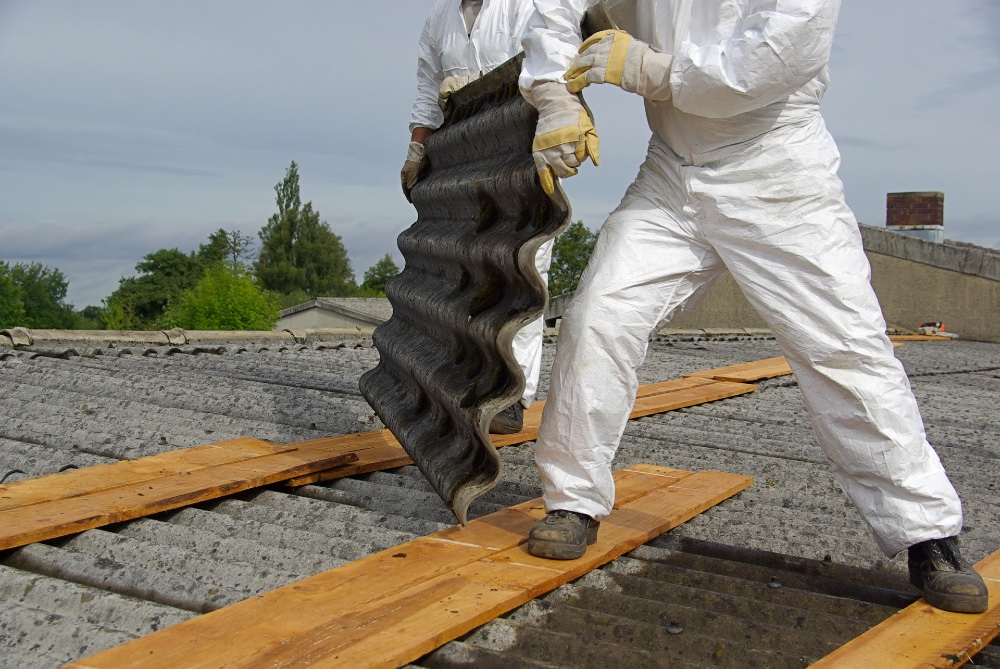

Here in the UK, we’re rightly proud of the long and traditional history that is still visible today in the buildings of our villages, towns and cities. The architecture of the United Kingdom reflects its long and storied history, with each era leaving its physical mark through the buildings and structures left behind.
As chartered building surveyors, we conduct countless surveys and visits to the nation’s old and listed buildings, many of which still retain the traditional unusual building materials used in their construction many hundreds of years ago. Here, we’ve compiled some of the more unusual building materials that have been traditionally used in construction in the UK, many of which may still be present in older commercial properties today.
Wattle and Daub
Wattle and daub construction has been used for thousands of years, first originating some 6,000 years ago. It involves a timber frame filled with a mixture of mud, clay, straw and animal dung. Many Tudor buildings still standing feature wattle and daub walls – while picturesque, these walls require careful maintenance to remain structurally sound and weatherproof. Specialist skills are needed for repairs, and tenants living in buildings with this construction technique will be expected to keep them in excellent condition under the terms of their dilapidations agreements.
Asbestos
Asbestos was popular as an insulating material in the 1900s until its health hazards came to light. Any property built between 1930 and 1999 could still contain asbestos. Strict procedures have to be followed when it comes to inspection, maintenance and removal to avoid inhaling toxic fibres. Asbestos removal can be expensive but it’s a necessary part of maintaining the health and safety of a building.

Sheep’s Wool Insulation
Before asbestos, sheep’s wool was commonly used for insulation in homes in the UK. Wool is naturally breathable and traps air well, so it’s incredibly effective as an insulating material for the winter months As a renewable material, wool is regaining popularity in eco-conscious restorations as a greener alternative to fibreglass. If sustainability is important to your business, you may want to consider wool insulation as a method for improving the energy efficiency of your commercial property.
Oak Roof Battens
Oak battens traditionally hold roof tiles or thatch in place. Oak, in particular, was used because it’s denser and more durable than modern softwood battens, usually made from fast-growing pine. Many listed buildings in the UK still require replacement with oak for historical accuracy, so this needs to be carefully considered when handling renovations or dilapidations. However, it’s worth noting that oak is heavier and usually more expensive than softwoods.
Lime Paints
Before modern emulsions, lime wash paints were used. Modern paints are typically created with petrochemicals but in the not-so-distant past, we painted homes with natural materials instead. As a breathable material, lime maintains old porous masonry well. However, lime paints require specialist skills to apply properly, and multiple coats are usually needed for opacity.
Horsehair Plaster
Before the development of plaster reinforced with mesh, horsehair was commonly used to improve the strength and performance of internal plaster within buildings. The long strands of horsehair bond with the lime plaster to limit cracking and help the set. While rarely used in modern constructions, horsehair plaster is an unusual building material still found in high-end restorations and period homes. However, it is expensive compared to more modern plaster mixes; finding skilled tradespeople to properly apply new horsehair plaster can also be a challenge.
Thatch
The use of reeds, rushes, straw or other plant materials to create a thick, water-resistant roof covering is one of the oldest building techniques still in use today. Thatched roofs were once commonplace in rural British buildings and cottages. Though picturesque, thatched roofing require specialised skills for installation and ongoing maintenance – the structure beneath may need strengthening to support the heavy weight of the thatch. It’s a classic construction feature of older properties that adds so much character to a building.
These traditional materials present challenges, but opportunities too. Their inherent qualities produce attractive, characterful buildings full of heritage. With care and expertise, traditional materials enable historically accurate restorations, benefiting preservation efforts. Balancing modern needs and preserving heritage requires imagination – and unusual materials provide a charming reminder of Britain’s architectural past.
Contact Us
Knowledge of these traditional building materials – and many more besides – gives us the specialised expertise to provide you with the chartered building surveying services you need when dealing with older properties constructed from obscure materials. Our experience with these uncommon, traditional materials allows us to properly assess their condition and serviceability, accurately estimate repair and restoration costs, and develop sympathetic repair strategies.
From project management to contract administration, we take great pride in our ability to save clients time, money and effort thanks to our unrivalled knowledge and familiarity with unusual construction methods. Contact Bradley-Mason today to see first-hand how our expertise with traditional building materials can benefit you.
DISCLAIMER: This article is for general information only and not intended as advice. Each project has its own set of unique circumstances, all potential issues should be investigated by a surveyor on a case by case basis before making any decision.



